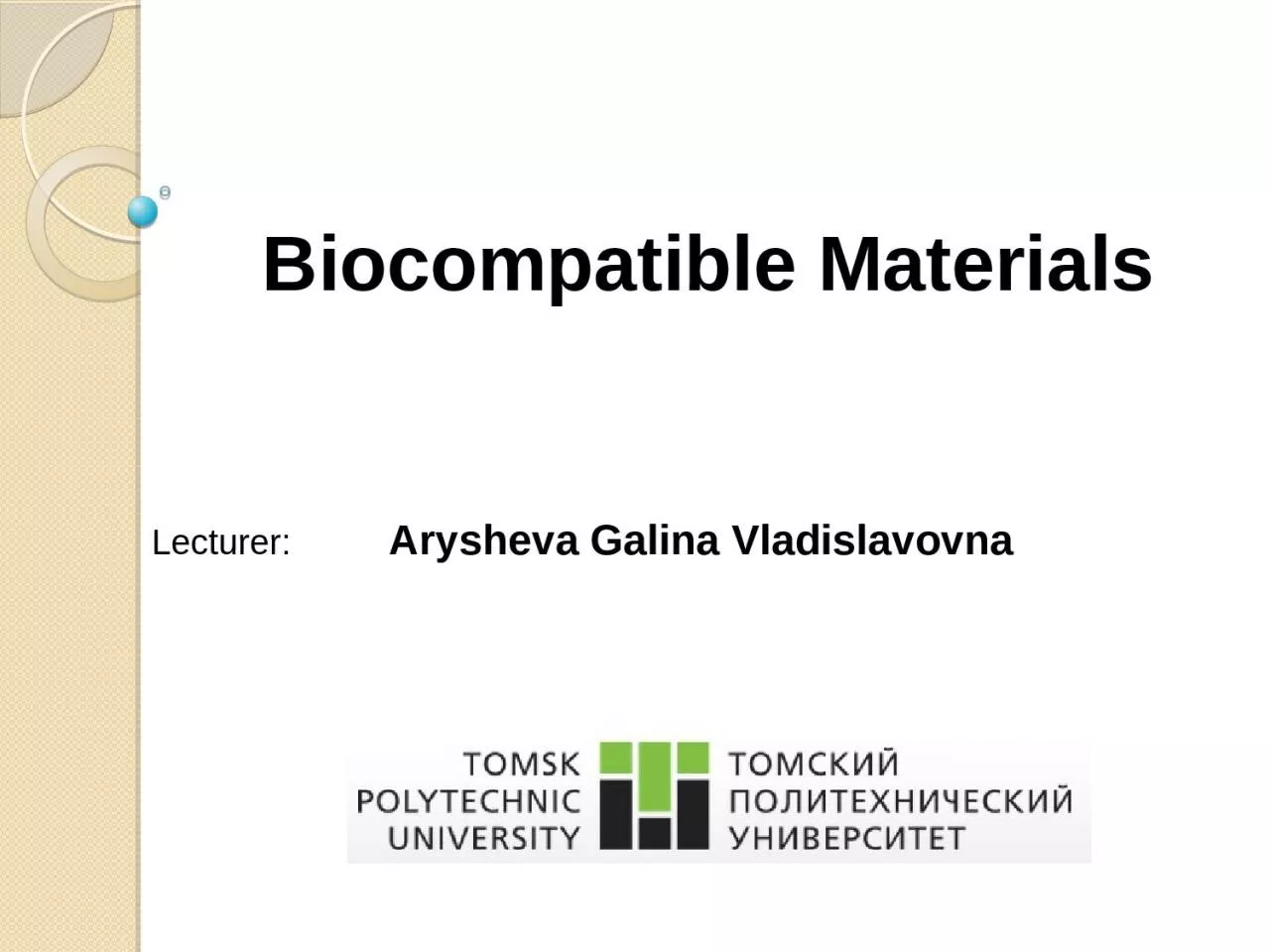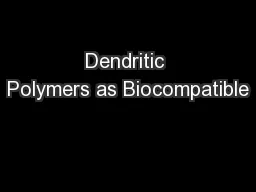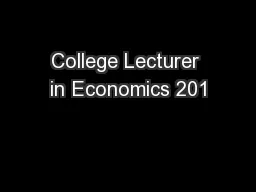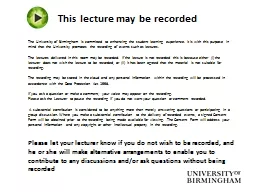PPT-Biocompatible Materials Lecturer
Author : jones | Published Date : 2022-07-01
Arysheva Galina Vladislavovna There have been enormous strides in the development of novel biomedical materials over the past three decades A biomedical
Presentation Embed Code
Download Presentation
Download Presentation The PPT/PDF document "Biocompatible Materials Lecturer" is the property of its rightful owner. Permission is granted to download and print the materials on this website for personal, non-commercial use only, and to display it on your personal computer provided you do not modify the materials and that you retain all copyright notices contained in the materials. By downloading content from our website, you accept the terms of this agreement.
Biocompatible Materials Lecturer: Transcript
Download Rules Of Document
"Biocompatible Materials Lecturer"The content belongs to its owner. You may download and print it for personal use, without modification, and keep all copyright notices. By downloading, you agree to these terms.
Related Documents














